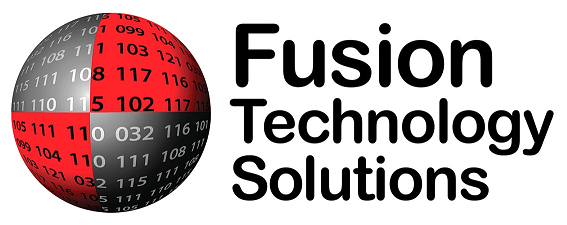 The widespread PSPS (Public Safety Power Shutoffs) and aftermath of the Kincade Fire has brought home a new reality for businesses operating in the North Bay and Southern California areas. In years to come, we will continue to face massive wildfires, widespread evacuations, and large-scale power outages. This highlights the need for all of us to be as prepared as possible for any business interruptions.
The widespread PSPS (Public Safety Power Shutoffs) and aftermath of the Kincade Fire has brought home a new reality for businesses operating in the North Bay and Southern California areas. In years to come, we will continue to face massive wildfires, widespread evacuations, and large-scale power outages. This highlights the need for all of us to be as prepared as possible for any business interruptions.
It could be a wildfire, extensive power outage, ransomware attack, even terrorism – any of these events could affect your IT infrastructure and your ability to conduct business. You need to have plans in place to keep your business running if something happens, and to minimize the downtime.
In our experience, the average cost of IT downtime for a small business with revenues of $1 million is $350 per hour, or $2,800 per day. That quickly adds up when your business is out of power or displaced for a few days.
To really protect your business, you should begin by reviewing your business continuity plan and making sure that it covers all the ways that a fire couple impact operations and your infrastructure.
For example, if your facility is threatened, would your business be ready to move on short notice? Would your systems and data be accessible from alternate locations? Would you and your employees be able to continue operations remotely, as a virtual team? Are your business phones and numbers portable, and would you be able to communicate and collaborate effectively? How long could you realistically be down, and what is your cost of downtime per hour or day?
Here are 4 solutions that can help:
- Data Storage and Cloud backups – Storing data and backing-up on site exposes your business and customer data to serious risk. Moving data storage and backups to the cloud means that no matter what happens to your physical location, your data is safe and immediately accessible from anywhere. It is not only important to have a backup solution that you trust, but also to make sure that you test backups and restorations from backups regularly as well.
- SaaS – Software as a Service. Traditional software lives on a piece of hardware. If that hardware is lost, stolen, burnt or simply wears out, access to the data inside would be compromised. SaaS allows you to access your software programs and data via the cloud, so you can login and get back to work from anywhere.
- Data Centers – These purpose-built facilities have superior fire protection, security and redundant power supplies. For business owners, moving critical systems to a data center means higher uptime availability and a much more robust infrastructure than keeping servers on site. Creating your own private “Cloud” in a data center is more affordable than you might think.
- VoIP – VoIP systems allow call and number forwarding, making it easy to maintain voice connections even if access to a physical site is blocked. Your team can be communicating and collaborating virtually from anywhere where there is WiFi.
Every business has unique needs and often, a hybrid solution involving several or all 4 components and customized to your specific business needs is the best answer.
No matter which solutions you go for, take time today to prepare yourself before disaster strikes. Now is the best time to review your backup and business continuity strategy to keep your business running.
For more information, contact Scott at scott.schulze@fusiontechnologysolutions.com.
Fusion Technology Services is an IT Support/Managed Services Provider and Cloud Services Integrator, aiming to help businesses maintain a healthy computer network environment while providing the best solutions at a competitive price in Data, Wireless, Video, Backup and other IT Services.
Press Contact:
Christine Campbell
christine.campbell@fusiontechnologysolutions.com
707.889.2181 Cell

